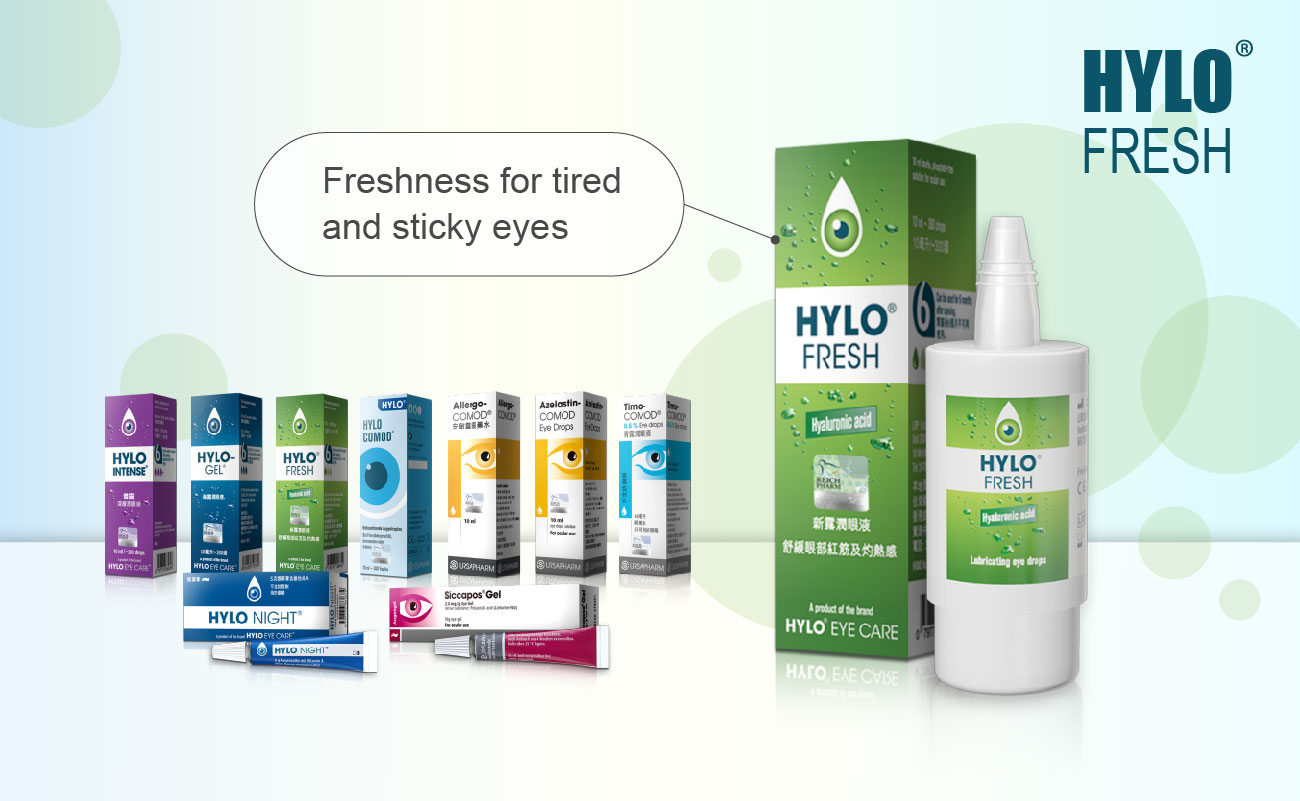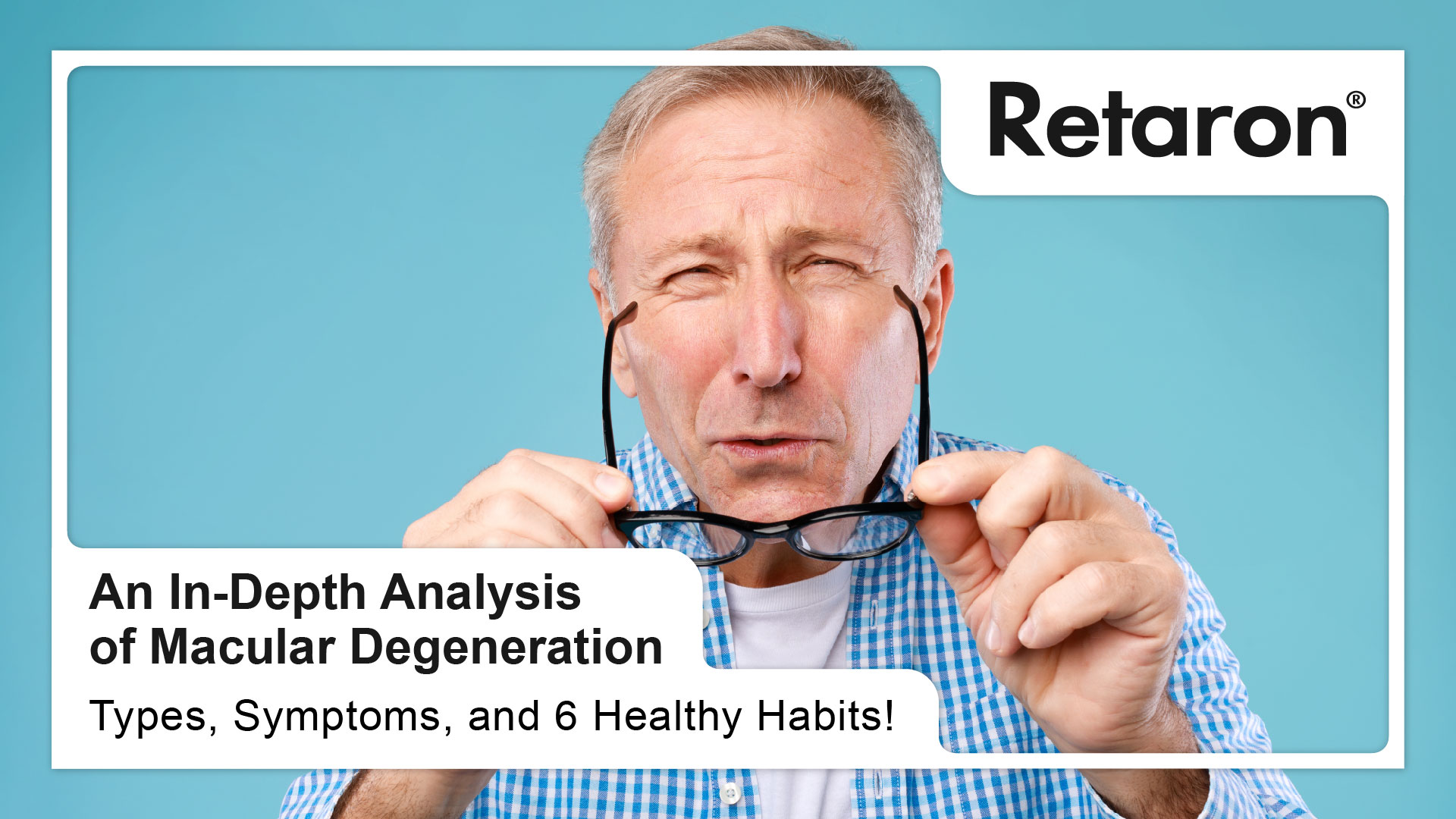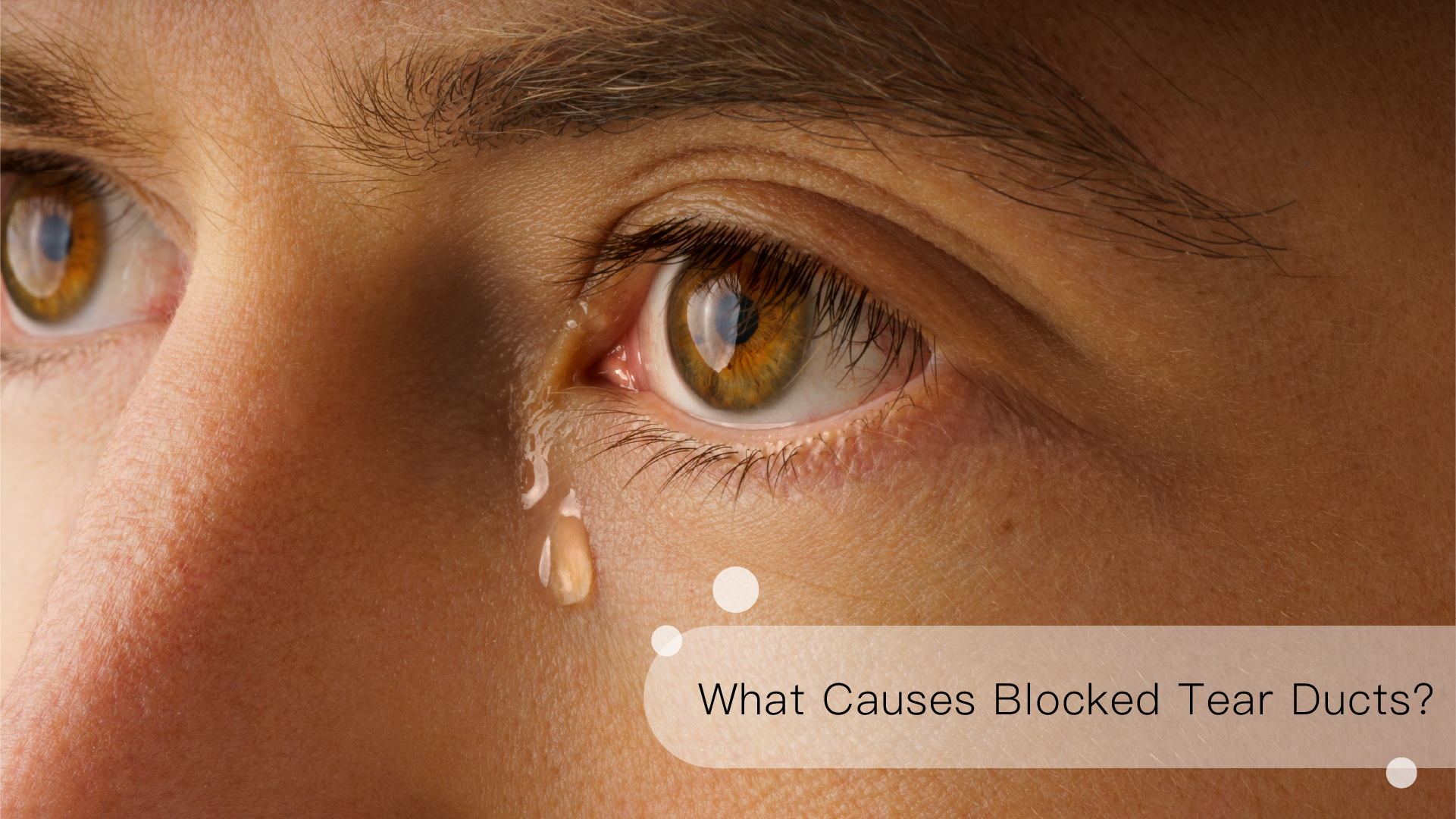Understanding the Causes of Excessive Eye Discharge!
The first step in dealing with eye discharge is to understand how it is produced and what might be causing it so that appropriate action can be taken.
Under normal circumstances, the eyes naturally produce mucus and tears to lubricate and protect the eyeball. The conjunctiva produces eye discharge consisting of mucus, proteins, oils, epithelial cells, and other debris. The average discharge is usually clear or white in small amounts and drains through the nasolacrimal duct.
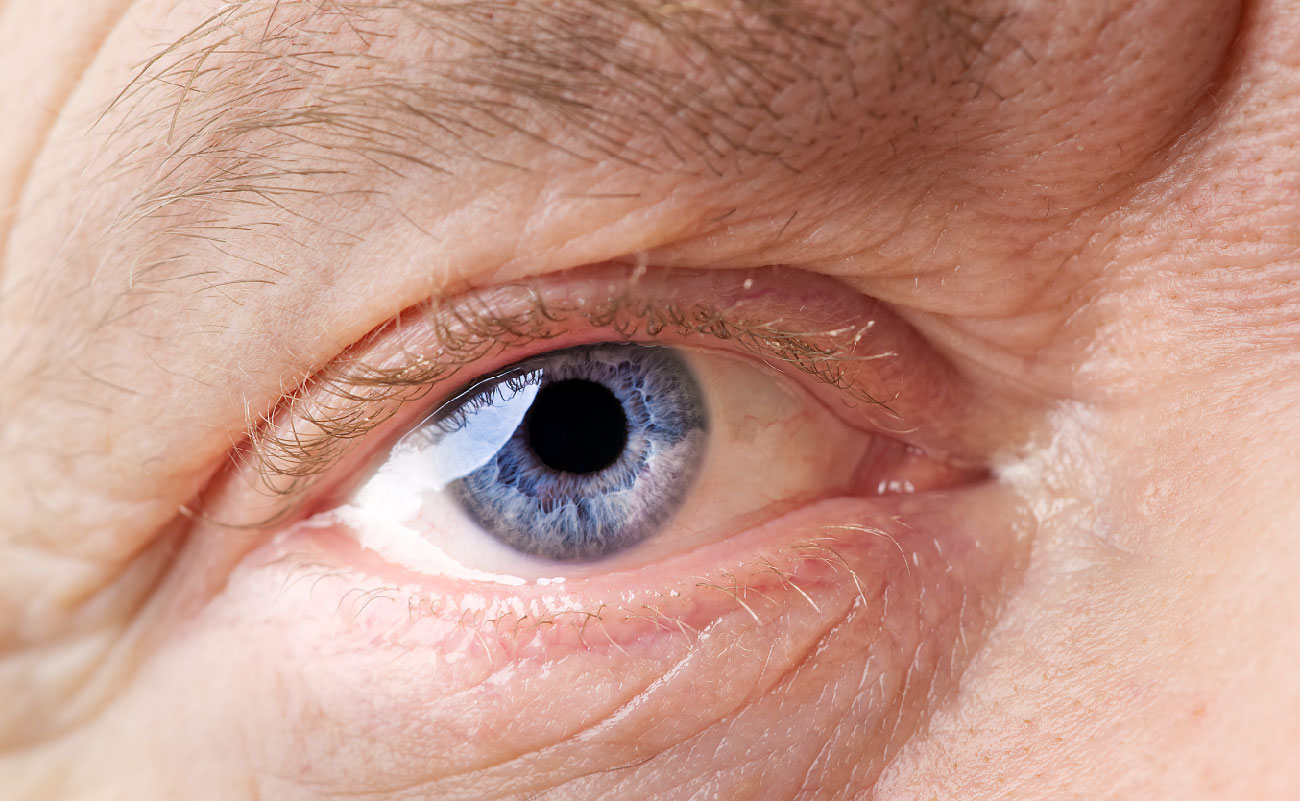
However, if you notice excessive eye discharge, it might be due to an eye infection or certain eye conditions:
Conjunctivitis
Conjunctivitis, also known as pink eye, is inflammation of the transparent membrane covering the inner eyelids and the surface of the eyeball. Common causes include bacterial or viral infections and allergic reactions. Conjunctivitis can lead to uncomfortable symptoms, such as red eyes, itching or burning sensations, increased discharge, and swollen eyelids.
Keratitis
Keratitis is inflammation of the cornea, the transparent front part of the eye, mainly caused by infections from bacteria, viruses, fungi, or parasites. Symptoms include a foreign body sensation in the eye, increased discharge, redness, swelling, pain, and blurred vision.
Blepharitis
Blepharitis, commonly known as eyelid inflammation, is inflammation of the edge of the eyelids. Possible causes include bacterial infections, allergic reactions, and reduced immunity due to eye strain. Symptoms of blepharitis include red, swollen, itchy eyelids, increased discharge, and sometimes abnormal eyelash growth, ingrown eyelashes, or concurrent conjunctival inflammation.
Dry Eye Syndrome
A tear film that secretes tears to lubricate and protect the eyes covers the eye’s surface. If tear production is insufficient or unevenly distributed, it can lead to dry eye syndrome. Common symptoms include dryness, increased and thickened discharge, redness, swelling, and sensitivity to wind or light. Causes of dry eye syndrome include prolonged contact lens wear, extended electronic screens, menopause, continuous medication use (e.g., blood pressure medications, vasoconstrictors, antidepressants, sleeping pills), and certain autoimmune diseases, making patients at higher risk for dry eye syndrome.
Learn About Your Eye Health from Discharge Type!
The nature of your eye discharge can also reveal your eye health. Eye discharge is generally divided into three categories: sticky, watery, and stringy.
Sticky Discharge
- Bacterial Infection: If the discharge is yellow-green and sticky, it is likely due to a bacterial infection.
- Viral Infection: If the discharge is white, semi-transparent, and sticky, it might indicate a viral infection.
- Allergic Reaction: If accompanied by symptoms like a runny nose or nasal congestion, sticky discharge might result from an allergic reaction.
- Dry Eye Syndrome, Sleep Disorder, or Eye Strain: Excessive water evaporation from the tear film can cause the discharge to become thick and even solidify.
Watery Discharge
- Viral Infection: The irritation of the eye’s mucous membrane by a virus can cause the eye to produce more tears to flush out the virus, leading to an increase in watery discharge.
- Allergens: When the eyes come into contact with allergens such as pollen or dust, the mucous membrane becomes irritated, triggering increased tear production, which results in watery discharge.
Stringy Discharge
- Contact Lens Wear: Prolonged contact lens use can cause discharge to adhere to the cornea, leading to corneal damage when removing the lenses, which produces stringy, sticky discharge.
- Filamentary Keratitis: This condition involves the formation of tiny, curly, filament-like strands on the cornea. More commonly seen in people with dry eye syndrome, corneal injury, eye surgery, or abnormal tear secretion.
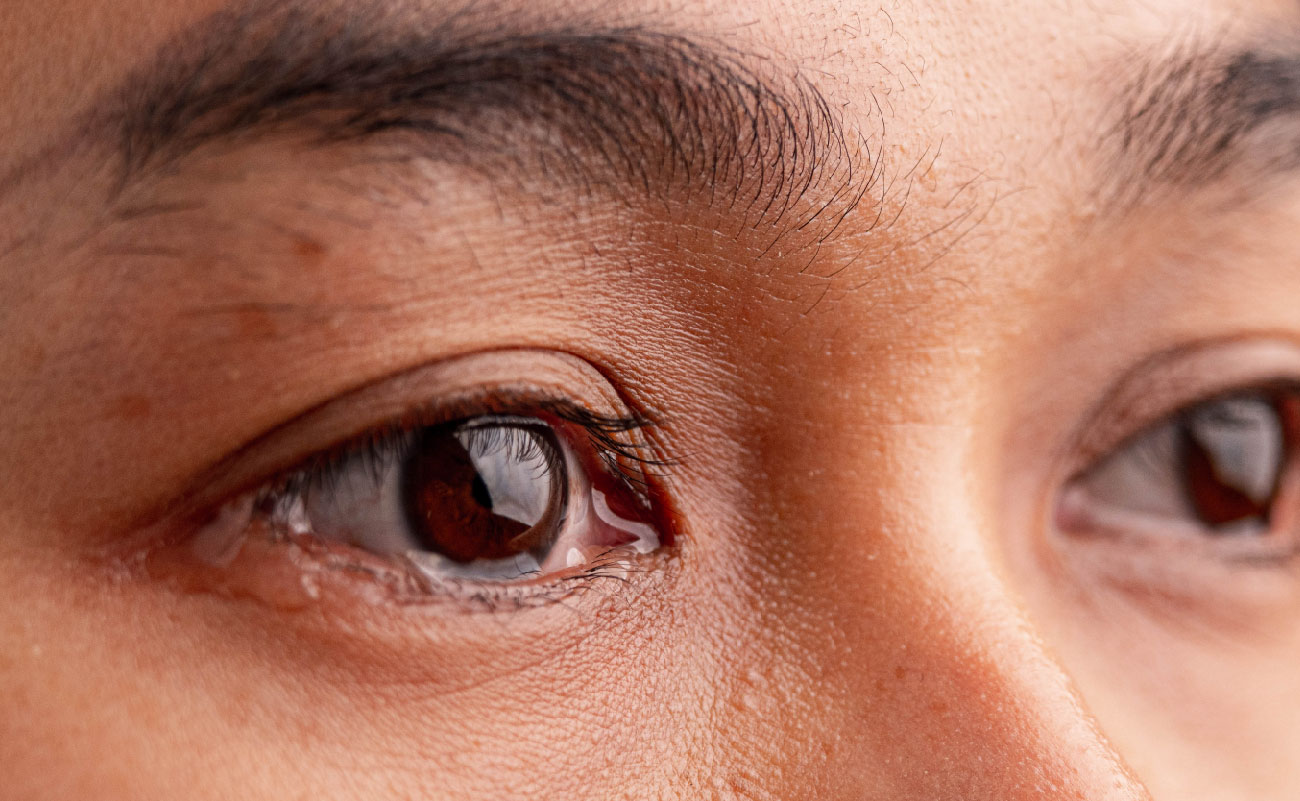
What Should You Do if You Constantly Have Eye Discharge? Here Are 4 Effective Solutions!
If you constantly have eye discharge, here are four effective methods to help you manage the condition correctly.
Use an Eyelid Heating Pad and Gently Wipe with Eyelid Cleansing Wipes
Use the heating pad designed for the eyelids and apply it to your eyes for several minutes. After the discharge softens, gently wipe it away with eyelid cleansing wipes.
Wash Your Hands Frequently
Many people rub their eyes when they feel itchy or produce excessive discharge. However, discharge or itchiness could worsen if their hands are not clean. Therefore, frequent hand washing is the first important step in preventing and managing eye discharge.
Do Not Share Towels
One of the leading causes of increased discharge is bacterial or viral infection. If you use a towel an infected person has used, you are at high risk of getting infected. Therefore, not sharing towels is a crucial preventive measure.
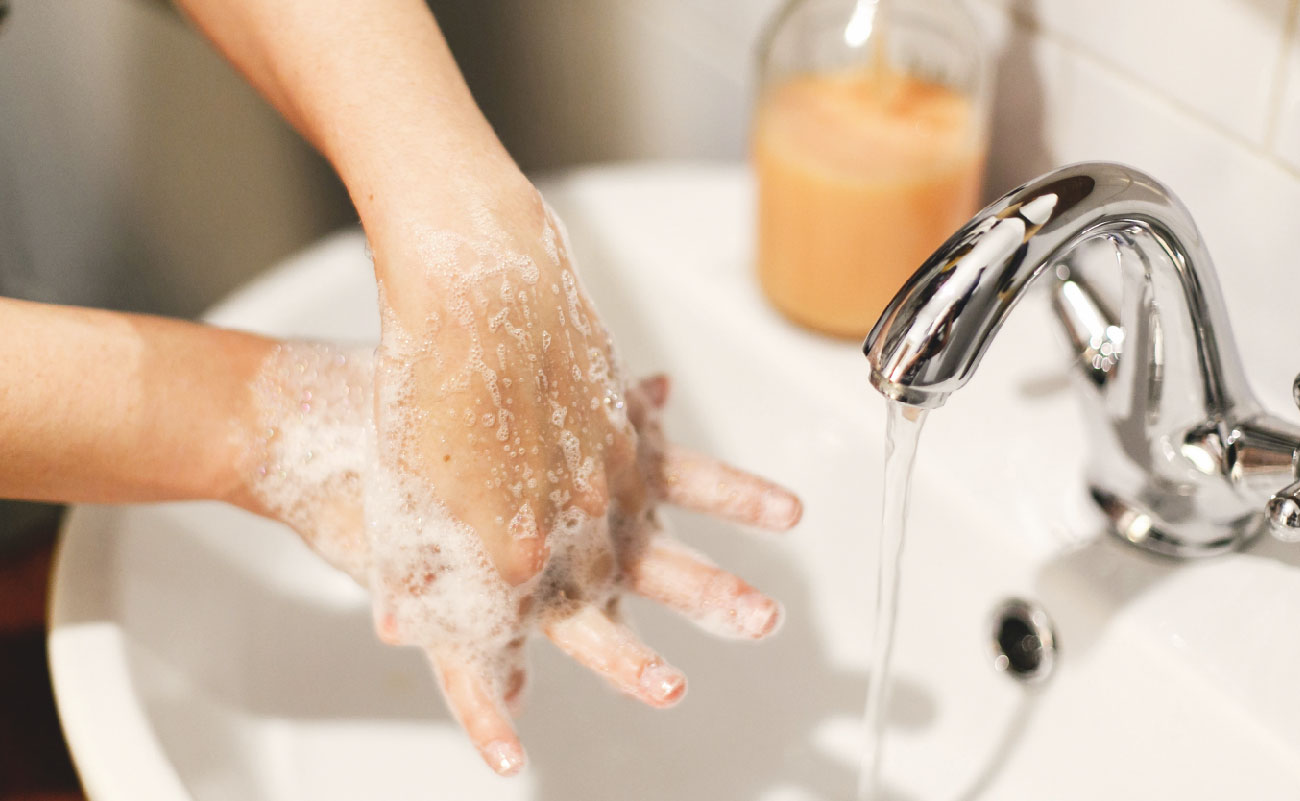
Use Preservative-Free Eye Drops
Using eye drops can help relieve dryness, fatigue, and blurred vision. However, it’s important to note that eye drops containing preservatives can damage the normal eye surface tissues. So, when choosing eye drops, it is recommended to select preservative-free options like HYLO® FRESH.
Reduce Eye Irritation with HYLO® FRESH Lubricating Eye Drops by Ursapharm!
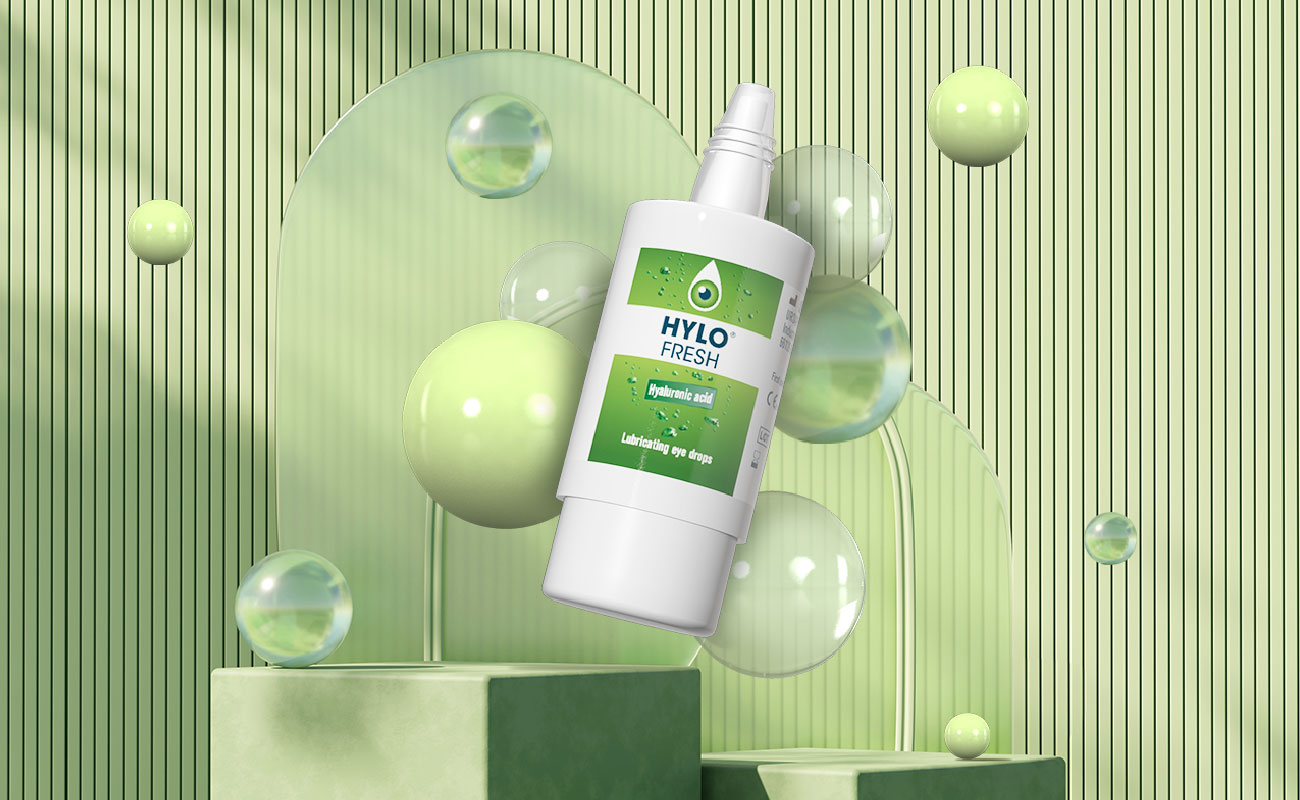
HYLO® FRESH Lubricating Eye Drops are preservative-free and designed for ocular use. They utilize the natural moisturizing power of sodium hyaluronate and Euphrasia officinalis. These ingredients are known for their ability to relieve dry, irritated eyes and enhance the stability of the tear film, providing long-lasting comfort. The innovative COMOD® system allows you to dispense exactly one drop per pump stroke, which means the contents go a long way.
